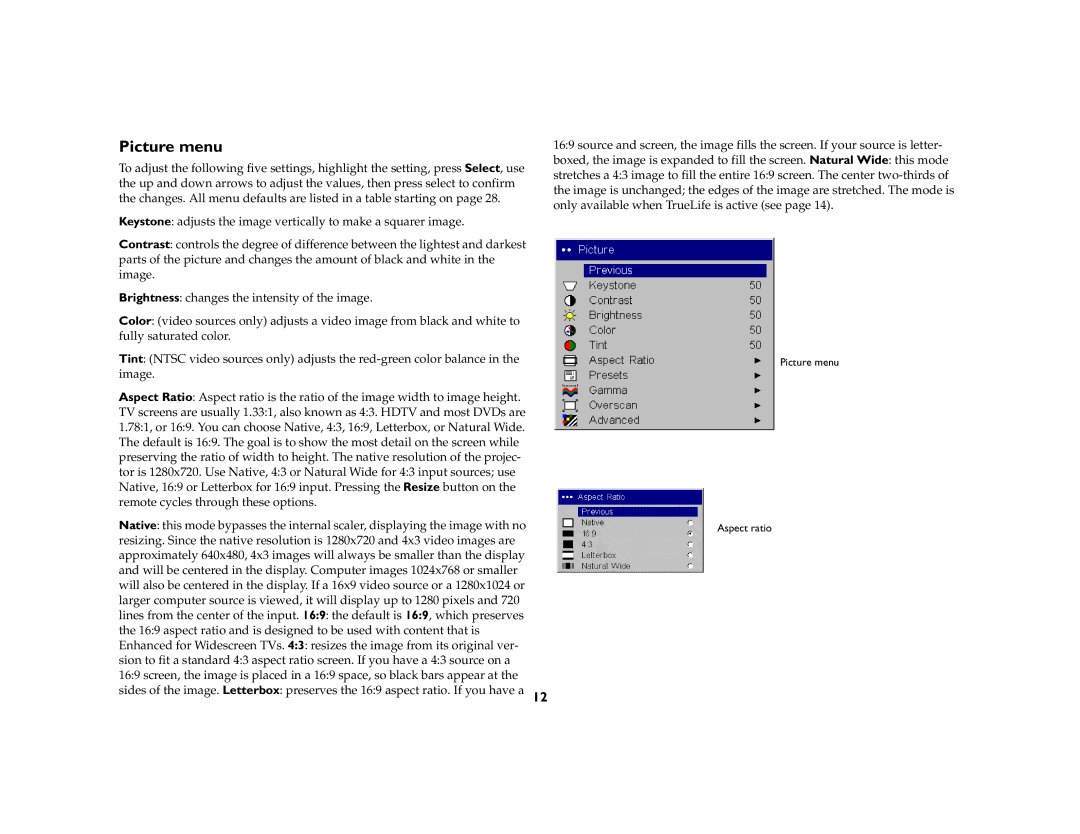777 specifications
The Kodak 777 is a technologically advanced photographic device that has established itself as a valuable tool for both amateur and professional photographers. This camera embodies a combination of classic design and modern digital technology, making it a noteworthy addition to the world of imaging.One of the standout features of the Kodak 777 is its impressive image quality, facilitated by a high-resolution sensor that captures stunning detail and vibrant colors. This camera employs a 24-megapixel CMOS sensor, which not only enhances the clarity of images but also performs exceptionally well in low-light conditions. Photographers can expect sharp, well-defined photos with minimal noise, even at higher ISO settings.
The Kodak 777 also incorporates advanced autofocus technology, which ensures that subjects are quickly and accurately focused. The camera's hybrid autofocus system combines phase detection and contrast detection, providing rapid focus in a variety of shooting scenarios. This feature is particularly beneficial for fast-paced environments, such as sports or wildlife photography, where capturing the perfect moment is crucial.
In terms of usability, the Kodak 777 is designed with the user in mind, offering an intuitive interface and a comfortable grip. The camera is equipped with a 3-inch LCD touchscreen, allowing users to easily navigate through settings and review images. Additionally, the tilting screen enhances versatility, making it easier to shoot from different angles.
Another noteworthy characteristic of the Kodak 777 is its connectivity options. The camera supports Wi-Fi and Bluetooth, enabling seamless sharing of images to smartphones and other devices. This feature caters to the current trend of instant sharing on social media platforms, making it easy for photographers to showcase their work.
Battery life is also a significant aspect of the Kodak 777. With a long-lasting battery capable of capturing hundreds of shots on a single charge, users can shoot confidently without the fear of running out of power during critical moments.
In conclusion, the Kodak 777 stands out in the crowded market of digital cameras due to its exceptional image quality, advanced autofocus capabilities, intuitive design, and versatile connectivity options. Its thoughtful combination of features makes it an appealing choice for photographers looking to elevate their craft. Whether for casual snapshots or serious photography projects, the Kodak 777 is well-equipped to meet the demands of modern imaging.

